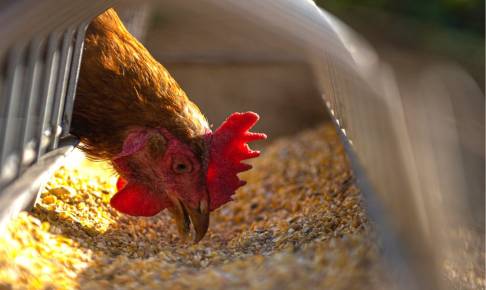Occurrence of ochratoxin A and sterigmatocystin in grated cheese products: new findings
A survey, recently published on Toxins, focused on the occurrence of ochratoxin A (OTA) and sterigmatocystin (STC) in grated cheese products obtained from hard grana-type cheeses.
In recent years, the production and consumption of grated cheeses have grown across Europe. About 25% of total hard cheese production in Italy is currently used in the production of grated cheeses. However, because of the inclusion of cheese rind during the grating process, grated cheeses have been considered a concrete risk for consumers’ health due to potential mycotoxins contamination.
To understand better this risk, the researchers analyzed a total of 107 samples collected at the retail level in Northern Italy over the period 2018–2020. The collected data show a widespread and not negligible contamination for both OTA and STC, which were found in 48.6% and 94.4% of the samples respectively, in a range from <LOD to 25.05 µg kg−1 and from <LOD to 6.87 µg kg−1.
The researchers studied also the migration of OTA and STC from the surface to the inner parts of hard cheese rinds. The study demonstrates that OTA and STC levels significantly decreased from the surface (0–1.5 mm) to the inner parts (1.5–4.5 mm) of cheese rinds.
The OTA and STC occurrence, like that of other toxins, in cheese is related to environmental conditions of warehouses during ripening, rather than to endogenous contamination of raw milk. One of the goals of this study was the evaluation of the effectiveness of industrial cleaning procedures of cheese wheels in reducing the contamination of grated hard cheeses.
At present, cheese and dairy products are only regulated for aflatoxin M1, even though it has been already proved that other mycotoxins can contaminate these types of foods.
Regarding the mycotoxins analyzed in this study, no specific regulations have been adopted for STC in food worldwide. On the other hand, albeit the EU has fixed specific limits for OTA in some foodstuffs, the dairy products have not been considered. However, comparing the OTA limits set for cereals, dried vine fruits and spices (3, 10 and 15 µg kg−1, respectively) with the results obtained in this study, the percentages of grated cheese samples exceeded the limits by 20%, 5% and 3%, respectively.
Source:






















